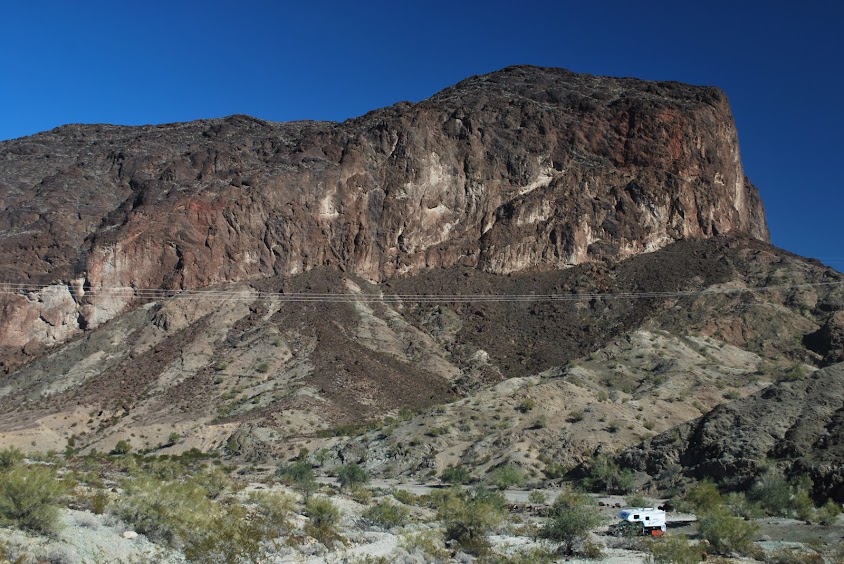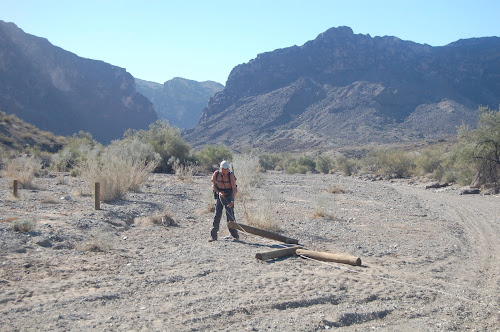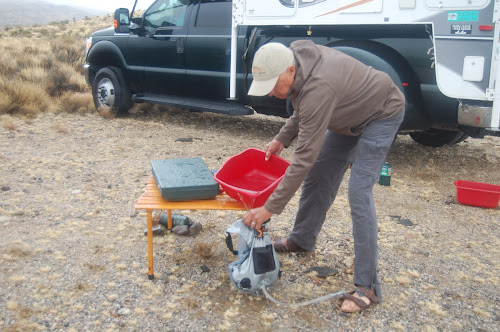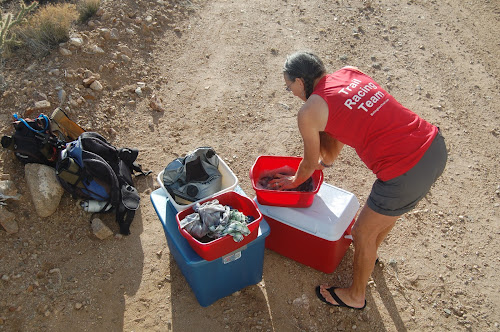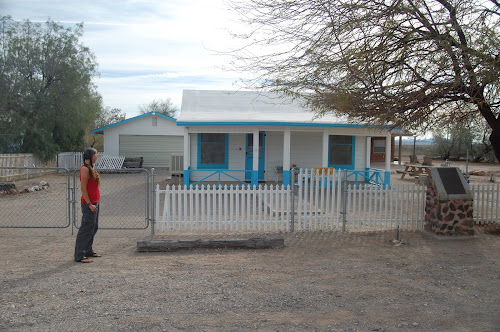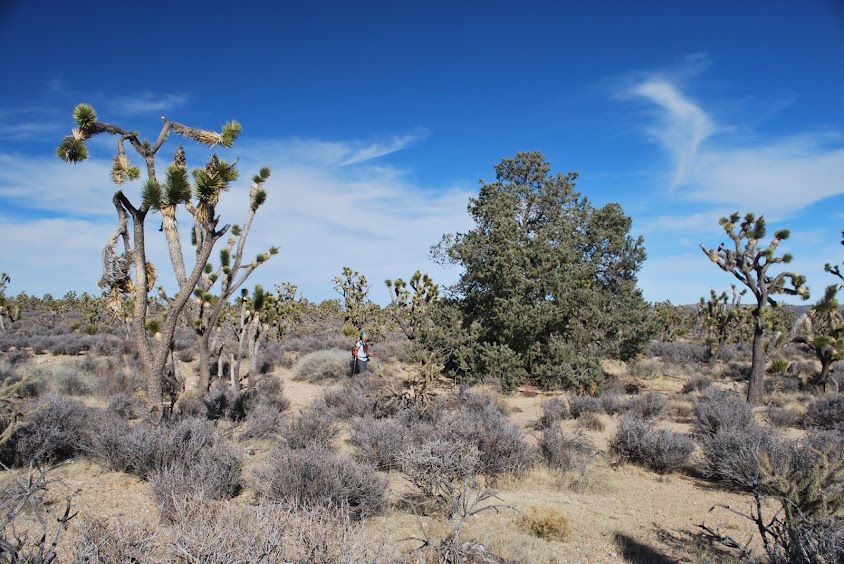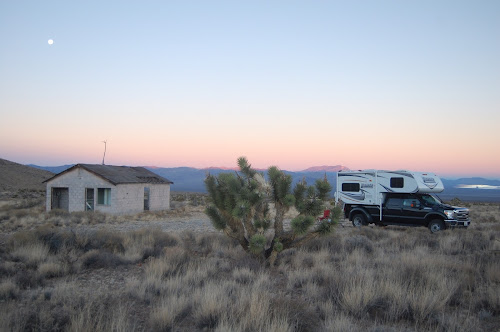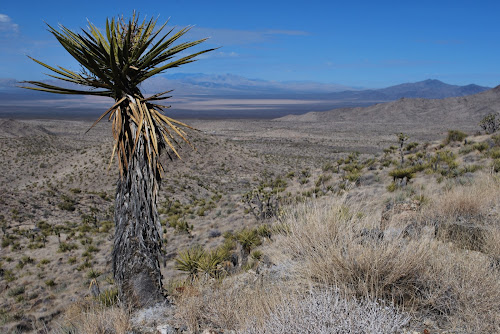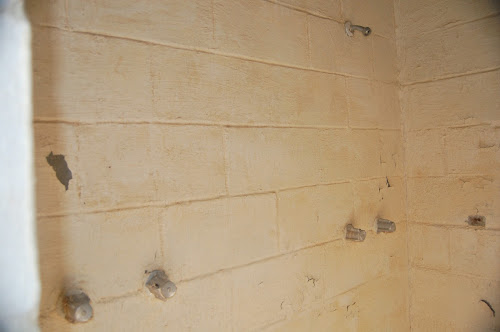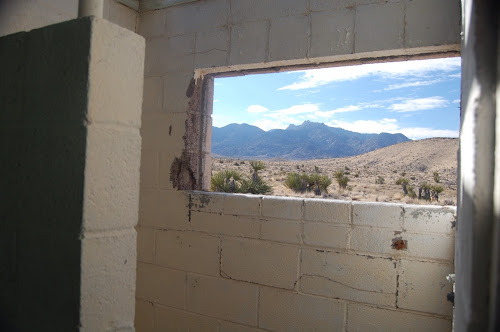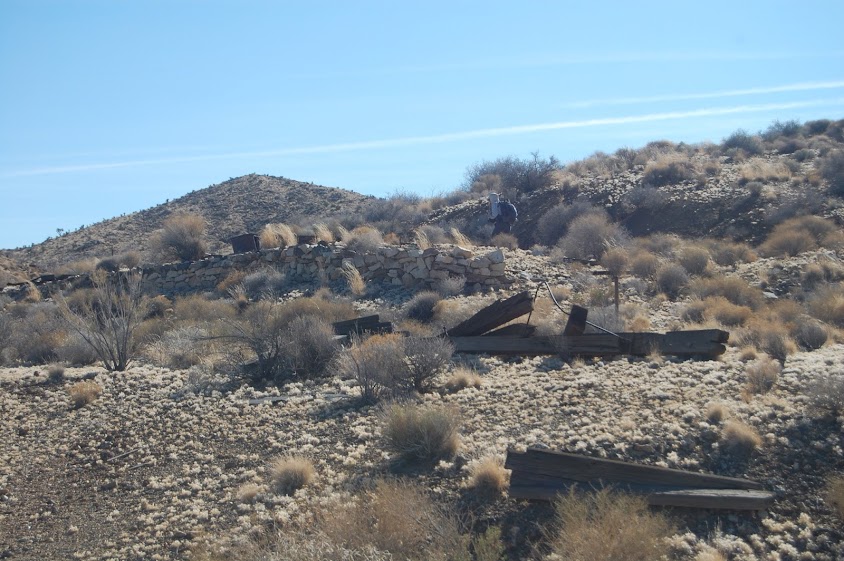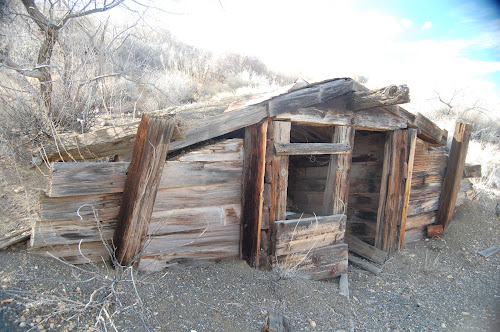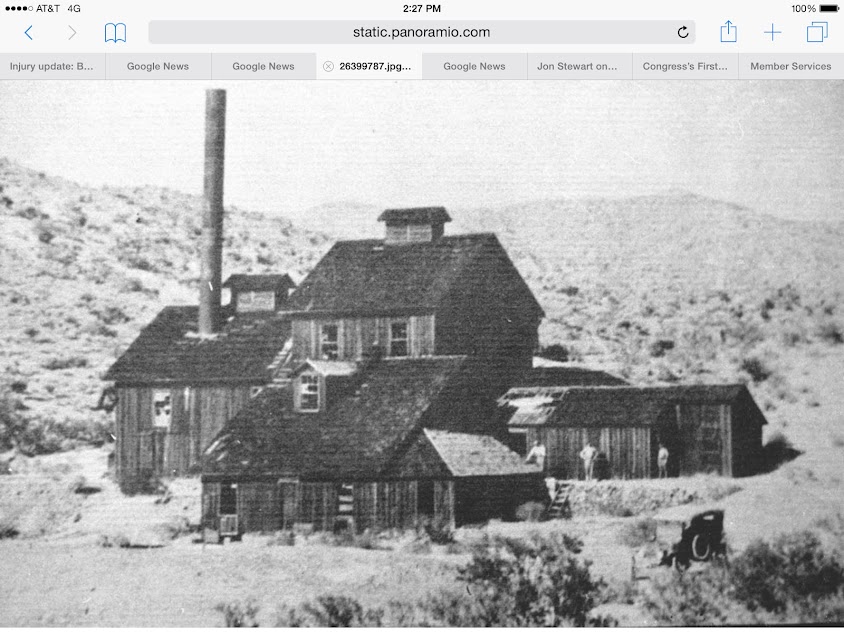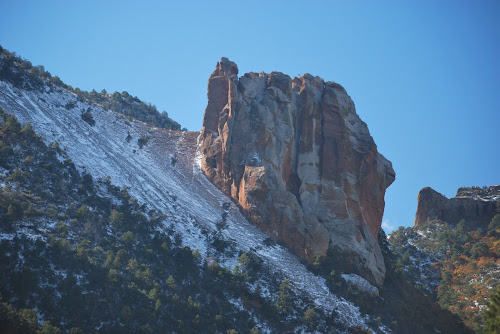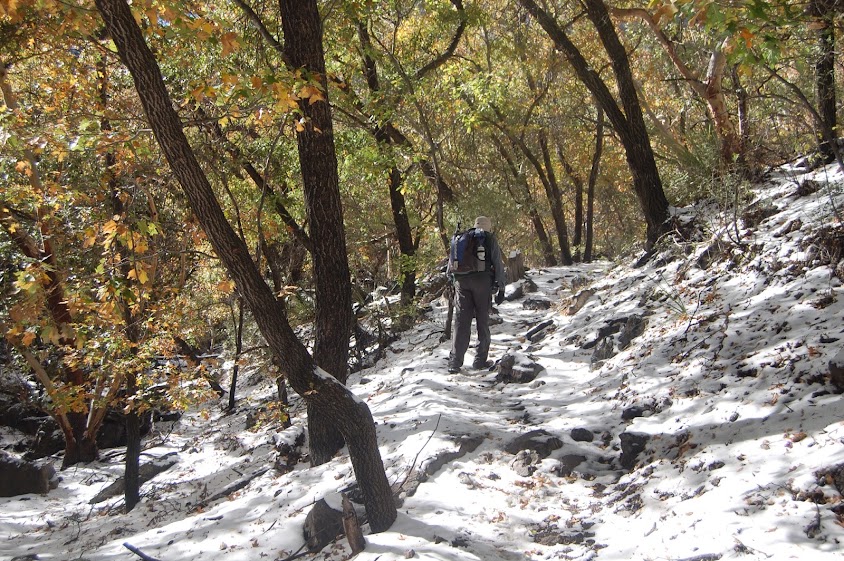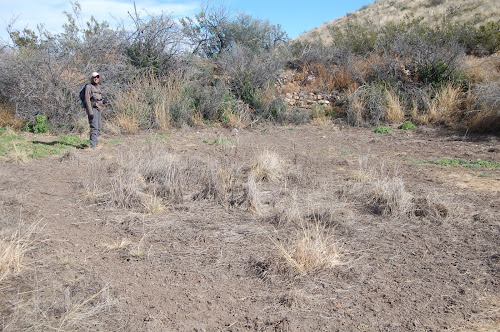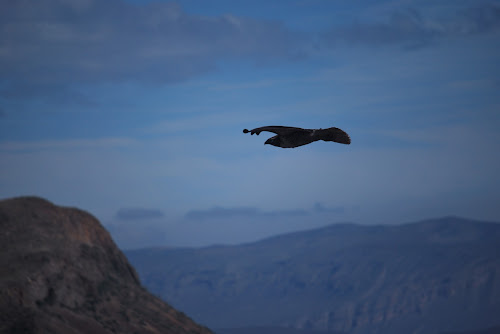We are camping in the Whipple Mountains of California. The road we entered the area on was quite narrow, with steep drop offs on both sides.
We drove veeeeerrrry slowly.
We are discovering that these remote BLM Wilderness areas seem to have a reasonably-well maintained road along one side of them for electrical towers. It is along these roads that one is allowed to camp, since vehicles aren't allowed inside the wilderness areas. We had been told that a good spot in these mountains was in the Whipple Wash, so that is where we went. And it truly is a good spot. Quite beautiful, with mountains all around us that rival anything in Zion National Park, for example.
One small drawback is that this area seems to be popular with folks who like to ride those noisy little motor powered tricycles. They have four wheels, and not three, but they still look like tricycles to me. OHVs I think they are called. About twice a day a couple of groups of them will pass our spot, which isn't a large number, and is actually fine, of course. The problem is that too many of them then ride their tricycles illegally into the Wilderness area, instead of staying where they are legal, and despite the clear signs (and knowledge) that it is illegal.
At one time there had been a barrier from the road to the main wash into the Wilderness area, but it was intentionally destroyed by people wanting to illegally ride in the Wilderness.
And the evidence of this illegal activity is obvious. These photos are of places clearly inside the Wilderness area, and clearly behind the sign that says that no vehicles of any type are allowed.
So, being the good do-be's that we are, we strung the wire and poles across the wash. At least anybody driving up that area would now have to drive over a barrier that was clearly put there to keep them out.
That didn't stop them, though. We observed riders just riding by the posts, and over the wire, and going merrily into the Wilderness. Like they own it.
Now, loyal follower of our blog (all three of you), you may be thinking that these are the noisy asses I am referring to in the title of this blog post, but they aren't. Although those who ride their loud, motorized tricycles in Wilderness areas are, of course, noisy and are asses.
But I'm actually talking about noisy asses.
Noisy donkeys. Noisy burros.
They are all over the place here. And are they ever NOISY in the middle of the night. They will come close to our camper, and all of a sudden do their braying thing. It is really startling when it is otherwise very quiet. Their braying isn't a nice sound. It is more like a out of tune trombone blast than a horse's whinny. Loud and grating.
Last night there was also a huge fracas involving some asses/donkeys/burros and coyotes. We were pulling for the coyotes.
It appears as if there are far too many burros in this area, far more of them than even deer on Whidbey Island, and everyone who lives there is aware of this fact--all you have to do is count the dead ones laying by the side of the road. But burros aren't really even true wild animals, even though they have been allowed to go wild. Attempts are made to control the population, but those attempts are too few and too small. Some animal rights people protest their eradication, but I think that is misguided. These burros crowd out other species that were actually wild animals here--like mountain sheep. So it isn't a matter of caring about animals. Instead it is caring about some animals at the expense of others. A good solid hunting season is what is needed. Burro burgers--yum!
How can a wilderness area sustain such a huge population of voracious eaters like burros? There isn't much to eat here, and these animals are large. And they are all over the place. We see them more frequently than we see deer on Whidbey Island, and from our home there we see deer every day.
Oh, and did I mention that they are NOISY and disrupt our sleep?


